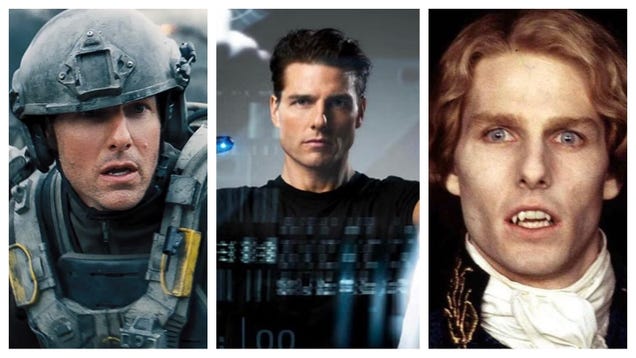In support of Wild Skies: Liberating Strife, Brandon and I have been recording a few podcast appearances. Most recently we were on The RPG Brewery. Since we’ve called Wild Skies a dieselpunk game, we also appear on the newest episode of The Dieselpunk Podcast. They asked a question they ask of all their guests; “When did you know you were dieselpunk?” My honest answer to the question is: “Only when you told me I was”.
To step back a little bit: while Brandon and I were developing Wild Skies we always said we wanted it to be dieselpunk. The game was always set the 1930s and took inspiration from the ’20s and ’40s as well. To us, it was about staying in the technological brackets of “after airplanes” and “before jets”. The “punk” comes in with the idea “all problems can be solved by adding a bigger engine”. With these ideas set, I don’t feel we had to work that hard to make our game dieselpunk. We looked to the political, cultural and technological elements of those decades for our inspiration and naturally remixed them as we saw fit.
John and Eric of the Dieselpunk Podcast use the definition “retro futurism of the 1920s through the 1950s” when they talk about what dieselpunk is to them. I first encountered that definition last fall when John interviewed Brandon about the release of Wild Skies: Europa Tempest. By that definition, some of my favorite pop culture is dieselpunk even though I never called it that before: The Rocketeer, Batman: The Animated Series, Dark City and Nausicaä Princess of the Valley of the Wind. If I push the definition a little more to include what was actually produced in the ’20s-’50s, virtually all of my favorites are dieselpunk: Dashiell Hammett, H.P. Lovecraft, noir films like A Touch of Evil and the aesthetics of Soviet propaganda posters. I’m dieselpunk. Who knew?
Being on the show was great. I listen to a bunch of podcasts, but that was only the second time I have been on one. Brandon and I know what we like about our Wild Skies setting and about role playing while our hosts know about trends in dieselpunk, but almost nothing about role playing games. There was a lot of room for us all to learn from each other.
One idea mentioned in passing on the show which I want to weigh in on is the question: is dieselpunk about the particular technology or about the aesthetics of a setting? For me it’s all about the aesthetics and the attitude of remix culture. It’s what I call the blender. It what you put in the blender comes from the dieselpunk era, what you get out of the blender is dieselpunk. As with steampunk and cyberpunk “genres” before it, so much more fits under the umbrella of the name than just the technology of the time in question.
I have an important point about this. The remix is needed because the pop culture of so much of the past was so one dimensional; that is, white male heroes. For me, remixing the past in a “punk” way allows women, people of color, homosexuals and anyone else who tended not to be in focus, or allowed to be heroic of escape from stereotypes to become the center of action on their own terms. Again, steampunk led the way and it’s one of the things I appreciate about it.
I think dieselpunk – at least what I want it to be – should do the same thing. As a creator I need to open up the playing field so anyone can have adventures in the textures of this period. We’ve tried to make the right steps with Wild Skies: Europa Tempest. We present women in our NPC crew and in leadership positions. Our supplements include gender non-conforming and gay characters as well. As we assemble Liberating Strife, I realize there is still room to grow as my own awareness of the importance of representation grows. As a person who can so easily see myself in the pop culture I love, I feel an extra pressure to present my remix in a way where other people can see themselves as well.
The Life Appearance of Glyptodonts
4 hours ago


No comments:
Post a Comment